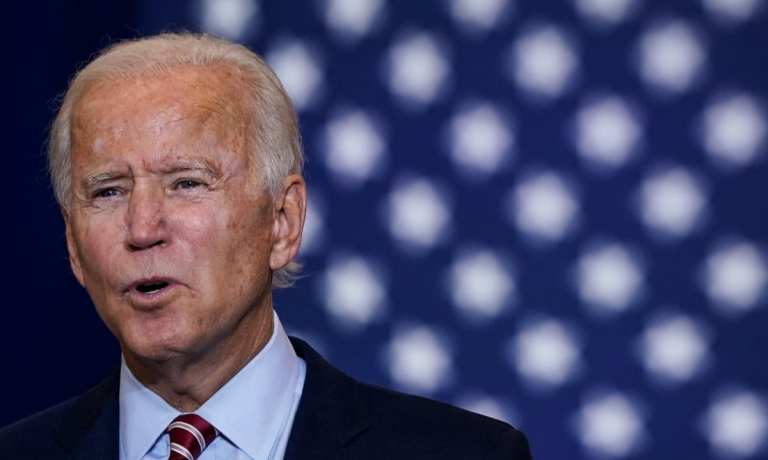
The transition into a new presidential administration heralds changes, with some gradual — and in other cases, sweeping — shifts in financial services.
First things first, as they say, which means the pandemic may be top of mind, and stimulus packages may be high on the incoming administration’s agenda. But every new occupant of the White House gets to put a stamp on policy and regulation across a variety of industries, including financial services.
Front and center may be the Consumer Financial Protection Bureau (CFPB), which has seen its very structure called into debate during the Trump administration. Recall that a recent decision by the Supreme Court found the president can fire the CFPB director. The stage may be set for Biden to fire Kathy Kraninger, the current director, and appoint someone who may expand enforcement activities (we note, however, that confirmation must still get through the Senate, where control has yet to be definitively decided between the two political parties, pending the outcome of a few races).
The CFPB reported in its third-quarter update that it collected civil penalties of $2.7 million in the first quarter of the current fiscal year … and $8 (not a typo) in the second quarter, followed by $1.7 million in the third quarter. It may be the case that we’ll see more aggressive actions alleging unfair lending or other corporate practices.
But it’s also the case that we may see more input into two other areas that have drawn attention from the CFPB. As reported in this space in recent weeks, the CFPB issued a final rule at the end of last month that allows debt collectors to engage with borrowers over a broader range of communications channels than before — including digital ones.
The communications can now include email and text messages (in unlimited quantity and even across social media direct messages), according to the CFPB. The final rule, which modifies the Fair Debt Collection Practices Act (FDCPA), also limits the number of times a collector can contact a borrower within a seven-day period — to seven calls over seven consecutive days.
We note that there are no changes to debt validation or “ability to repay” determinations, but that could get re-examined in a new administration.
Elsewhere, CFPB said it will look to issue advance notice of proposed rulemaking on “open banking” by the end of this year. That signals more rules on the horizon — particularly for FinTech, and perhaps more granularly for data aggregators like Plaid.
As PYMNTS reported, the CFPB specifically targets the implementation of Section 1033 of the Dodd-Frank Act, which took root during the Obama administration.
Credit Reporting
Biden’s own campaign website advocates the creation of the Public Credit Reporting Agency. Being able to obtain a credit report is a critical step for homeownership, notes the site. But, according to the site, credit reports — issued by three large private companies today — “are rife with problems: they often contain errors, they leave many ‘credit invisible’ due to the sources used to generate a credit score, and they contribute to racial disparities.” Biden has proposed setting up a new credit reporting agency within the CFPB — and where algorithms used will not result in discrimination, and which will use nontraditional data sources such as utility bill payments.
Tax Policy
The Biden tax plan also would raise the corporate tax rate from a current 21 percent (as mandated by Trump’s tax cuts, which rolled back the tax rate from 35 percent to the present rate) to 28 percent. S&P Global Market intelligence, noted Fox Business, has estimated that the boost to the tax rates could shave $7 billion off big banks’ net income. That’s likely not going to move the needle, we contend, away from banks partnering with FinTechs to get open banking more fulling in place.
Banking
As to what might come in banking in general, a task force that had been set up by Biden and U.S. Sen. Bernie Sanders (Independent of Vermont), called for the creation of a postal banking system with joint efforts between the U.S. Postal Service and the Federal Reserve. Individuals, in addition, should have affordable bank accounts through the Fed, and the Fed also should create a real time payments system, “so families and individuals do not have to wait days for their checks to settle,” according to Biden’s site.
As to how those real time payments initiatives are progressing: In an interview with Karen Webster, Boston Federal Reserve Chief Operating Officer and FedNow Program Executive Ken Montgomery said the central bank’s ambitious payments initiative remains on track (with a 2023/2024 timeframe for FedNow), and will inject competition into the instant payments market. As we noted, though the FedNow effort is not expressly tied to a digital dollar, observers are “looking for a way to make immediate payments and make them a little more frictionless. Certainly, FedNow is addressing the instant payment component of that.” Any move to get digital dollars into digital wallets, he said, must involve scrutiny on how digital dollars can move through the banking system, how it can be turned into cash, and what consumer protections might be necessary.
There are still a couple of months until Biden takes office, and it remains to be seen whether the pace of change in financial services will be gradual, or more comprehensive in scope.